Yesterday Leica announced the arrival of a new addition to its camera portfolio, the Leica CL digital. It joins the Leica TL2 as the third camera in the company’s interchangeable APS-C line-up and takes its name from the original CL film camera released back in the 1970s.
In technical terms, the CL and TL2 are more or less on the same playing field. Both offer the same 24.2MP APS-C CMOS sensor, Maestro II processor, contrast detection AF system with 49 points, ISO range of 100-50000, 4K at up to 30fps, WiFi capabilities, and Leica L-mount. To find any differences, it is therefore necessary to dig a little deeper below the surface.
Curious to find out more about these two Leica models? Then keep on reading!
Ethics statement: The information supplied in this article is based upon official specifications and our personal experience with Leica cameras. We were not asked to write anything about these cameras, nor were we provided with any sort of compensation. Within the article, there are affiliate links. If you decided to buy something after clicking the link, we will receive a small commission. To know more about our ethics, you can visit our full disclosure page. Thank you!
1. Design
The main difference that sets these two cameras apart is the design, starting with the body.
Whereas the TL2 has a smooth unibody aluminium design, the CL is constructed of multiple parts including top and bottom covers made of milled and anodised aluminium and front and rear magnesium shells. The latter is also wrapped in a stippled covering in order to improve your grip on the body.
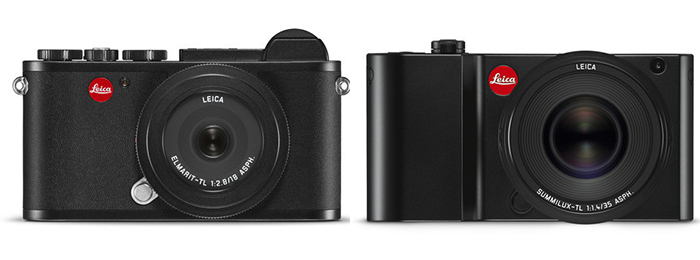
With its traditional interface, physical buttons and four-way control pad, the new CL is comparable to a smaller and more affordable M series camera, whereas the TL2 is more minimalistic in appearance due to the dominance of the large rear LCD and lack of physical controls.
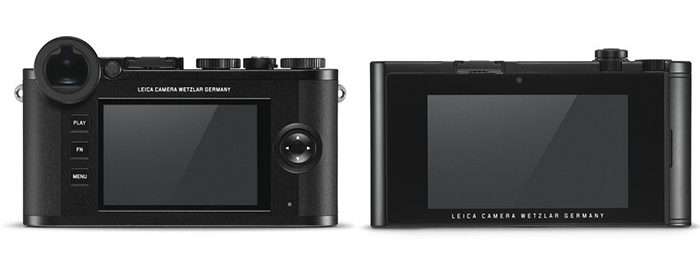
There are a few features that they share including twin control dials, a shutter release button, a hot shoe, and an on/off switch. The twin dials are customisable on both cameras, but in the case of the CL, there are also a button located on top of each dial that toggles a secondary function.

Unusually the CL is completely devoid of I/O ports. The TL2 on the other hand is furnished with both a Micro (type D) HDMI port and USB type C port.
Though certainly one of the smaller design differences, it is worth mentioning that the CL, in addition to being a little heavier than the TL2 (403g vs 399g), is also deeper and taller (131 x 78 x 45mm vs 134 x 69 x 33mm).
2. Displays
The CL is one of the only mirrorless models to feature two displays. On the rear is a fixed 3-inch monitor with 1.04MP of resolution and although it is touch and gesture enabled, it can only be used for shooting or reviewing images, not browsing through the menu like on the TL2.
On the top plate, you’ll find a second display that instantly provides information about relevant settings and exposure parameters. Usefully it lights up when the camera senses there is little ambient light.
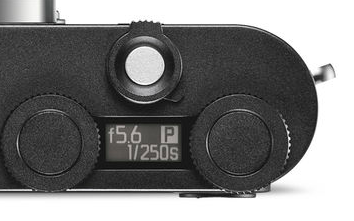
The TL2 may lack the top display of the CL but more than makes up for it by having a larger 3.7-inch screen on the rear with a higher resolution of 1.3MP. All actions, including image composition and menu browsing, are performed via the screen.
Unlike the screens of many modern mirrorless cameras, those of the TL2 and CL are fixed.
3. Electronic viewfinder
A big advantage the new CL has over the TL2 is the inclusion of a built-in 2.36MP electronic viewfinder with EyeRes technology developed especially for the camera. According to Leica, the latency time of the EVF should be below the threshold of perception. It has a very good magnification of 0.74x and a 20mm eyepoint.
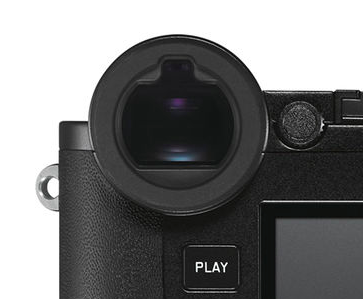
Because the TL2 doesn’t come with a built-in EVF, your only option is to attach an external viewfinder to the hot shoe such as the 2.4MP Visoflex (Typ 020). It can be tilted up which is useful for low angle shooting but it does compromise the compact build of the camera by adding extra bulk to the top plate and also detracts from the streamlined aesthetics.
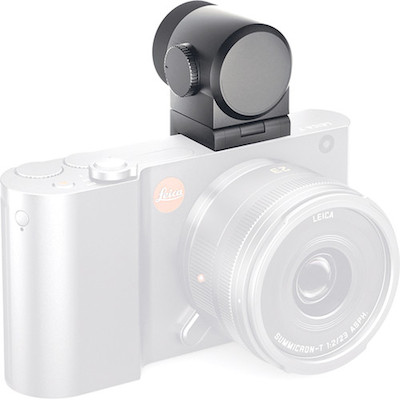
Important note regarding the Visoflex: In July 2017, Leica released a statement confirming that the Visoflex can cause the TL2 camera to malfunction in some cases. Firmware 1.1 was later released for the camera to fix the issue. For this reason, if you plan to buy the TL2 and the Visoflex, do make sure that the camera has the latest firmware installed.
4. Shutter speeds
With a top mechanical shutter speed of 1/8000s, the CL is one stop faster than the TL2 whose maximum speed is 1/4000s.
Switch over to the electronic shutter, however, and the TL2 overtakes the CL with speeds of up to 1/40,000s. Although the CL is limited to 1/25,000s, it is still fast enough for most purposes.
5. Burst speeds
With the electronic shutter activated, the TL2 can reach burst speeds of up to 20fps whereas the CL is capped at 10fps with focus locked. Activating the mechanical shutter doesn’t make a difference to the CL’s capabilities whereas the TL2 maximum speed is reduced to 7fps.
According to the official specifications, the CL can fire off 33 RAW + JPGs in a burst or 140 JPGs which is a little more impressive than the 29 images of the TL2. (We can assume that this figure refers to RAW + JPG mode, though Leica doesn’t specify one way or the other.)
6. Slow motion video capabilities
A small difference is that the new CL lacks the 120fps slow motion mode (SLOMO) found on the TL2. This matters little however as the quality is limited to HD (1280 x 720p).
Happily, both cameras can record in 4K at up to 30fps or Full HD at up to 60fps.
7. Extra scene modes
The official specifications reveal that the CL has three extra scene modes in comparison to the TL2: panorama, HDR and miniature.
The scene modes they share are as follows: fully automatic, sport, portrait, landscape, night portrait, snow/beach, fireworks, candlelight, sunset, and digiscoping.
8. Internal storage
If you own the TL2 and happen to forget your memory card at home, you can rest easy – the camera comes with 32GB of internal storage.
The same cannot be said for the CL which requires a memory card to take pictures. Both cameras are compatible with UHS-II SD/SDHC/SDXC cards.
9. Menu interface
If you are used to the design of the M series menu, you will feel right at home with the new CL’s menu as it is very similar. To browse through the menu and select options, you must rely on the physical four-way pad on the rear.
In addition to having a more futuristic icon-based design, the menu of the TL2 can only be browsed via touch control much like a smartphone or tablet.
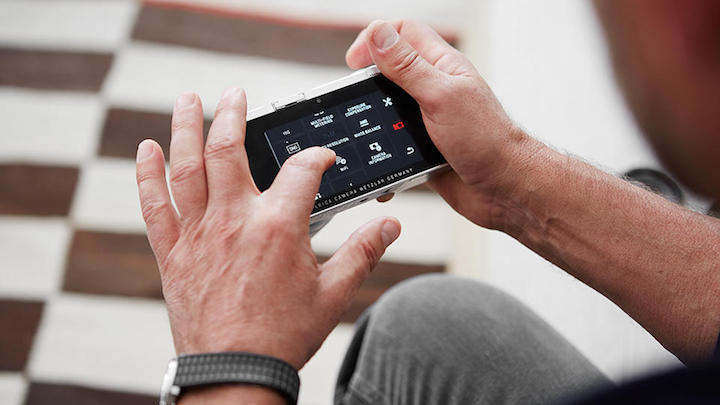
10. Battery
Whereas the CL uses the BP-DC12 battery – the same as that used for the Q – the TL2 takes the same battery as the Leica T, the BP-DC13 battery.
Because the TL2 has a USB port, it can also be charged via USB.
Conclusion
As always, I am reluctant to jump to any definite conclusions before handling the two cameras myself – after all, most differences concern the design and handling – but there is one feature in particular that, in my humble option, makes the CL the more appealing proposition, and that is of course the built-in EVF.
At the same time, we cannot ignore the all-important price issue which inevitably comes up whenever Leica is under discussion. The Leica TL2 is currently available for approximately $1950 US (body only) whereas the CL has debuted at the gasp-inducing retail price of $2795 US (body only). Whether this new camera is worth the expense is a decision that ultimately rests with Leica’s fan base.
Check price of the Leica CL on B&H Photo
Check price of the Leica TL2 on B&H Photo
You may also be interested in the following articles:


